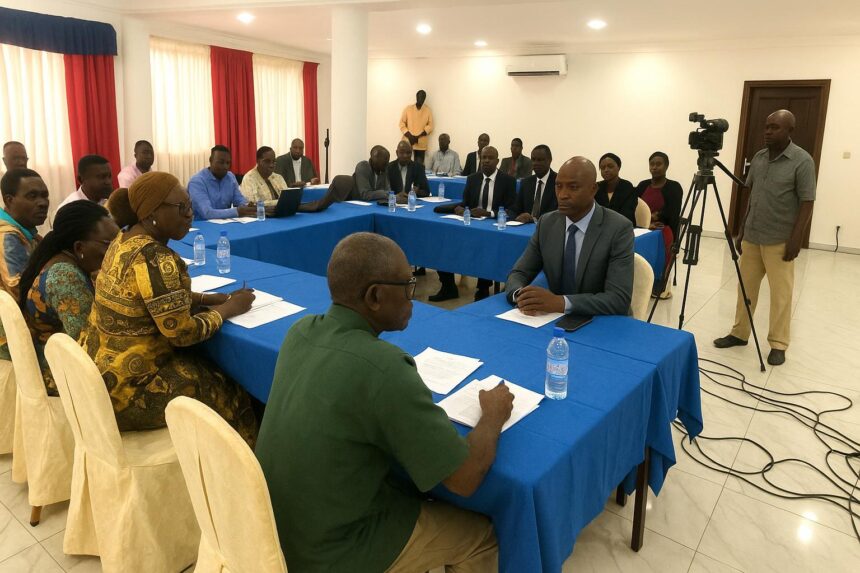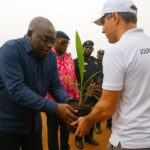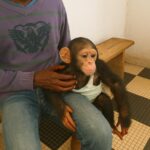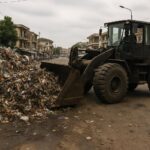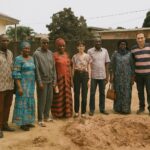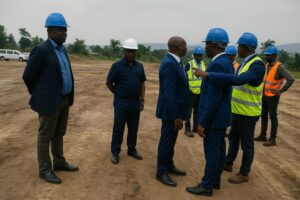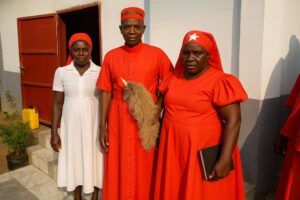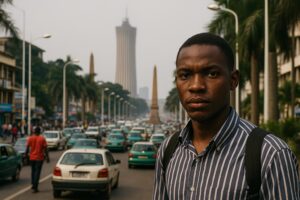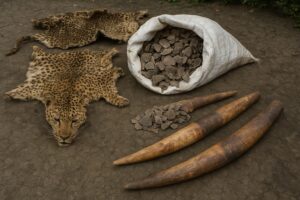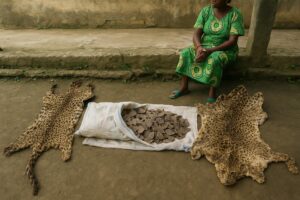Climate Pressure on Congo’s Food Belt
Monday’s restitution workshop in Brazzaville brought farmers, technicians and policy makers around the same table, all concerned by one question: how can 124 rural villages keep feeding themselves as rains and temperatures grow erratic across the Republic of Congo?
The meeting, steered by the World Food Programme and the Ministry of Environment, unpacked an in-depth diagnostic produced by the African Centre for Studies and Research for Development under the Adaptation Fund-financed project Strengthening Climate Change Adaptation Capacities.
Researchers found that the Bouenza, Likouala and Sangha departments, home to roughly 300,000 smallholders, sit in a risk hotspot where soil moisture, river levels and market access fluctuate faster than households can recover, leaving cassava, maize and groundnut yields dangerously exposed.
Workshop Delivers Stark Numbers and Hope
Presenting the findings, Estelle Nikiema, acting WFP country director, said the exercise was designed to unlock collective intelligence, not to lay down a verdict, adding that “community resilience is built in conversation as much as in the field.”
The assessment rates Likouala as highly vulnerable largely because rainfall now arrives in short violent bursts followed by dry spells, a pattern that washes away topsoil before seeds germinate. Without timely extension support, many riverbank gardens fail twice in a season.
In Sangha, dense forest cover traditionally cushioned temperature peaks, yet isolation and degraded feeder roads trap farmers in subsistence cycles. Meanwhile, Bouenza enjoys competitive advantage thanks to its patchwork of croplands and proximity to Brazzaville markets, but it still needs affordable inputs.
Traditional Knowledge Takes Center Stage
Every delegate agreed that solutions already exist in the villages. Crop rotation around nitrogen-fixing soy, burying plantain leaves to conserve moisture, and intercropping cassava with fast-growing peanuts were highlighted as low-cost responses refined over generations.
Olga Rosine Ossombi, director general for Sustainable Development, reminded the room that “science and tradition are not enemies; they are twin engines.” Her department plans to catalogue at least forty local techniques by early 2024 and translate them into illustrated field manuals.
Experts from the National Institute for Agronomic Research added that when these ancestral methods are paired with simple innovations such as improved seed varieties and solar-powered drying racks, household food stocks can rise by up to 30 percent even under variable rainfall (INIA data).
Farmers’ Voices Echo Across Departments
Speaking via video link from Mokéko, cocoa grower Désiré Bissaki said late rains now force him to prune twice per year. However, grafting local seedlings with drought-tolerant clones suggested by visiting technicians “saved nearly half my pods this season.”
In Sibiti, groundnut cooperative leader Mariette Mavoua credited shared granaries built with bamboo and raffia for lowering post-harvest losses. “We no longer sell at panic prices,” she noted, stressing that stable income helps her pay school fees even when storms flatten fields.
These testimonies reinforced the workshop’s call for gender-sensitive action, as women account for 60 percent of farm labour. Training sessions will therefore be scheduled around childcare duties and local market days to maximise attendance, organisers promised.
Roadmap: Training, Tech and Targeted Investment
Participants drafted a provisional matrix that aligns community priorities with upcoming budget cycles. First on the list is rehabilitating 200 kilometres of rural tracks so produce can reach collectors before spoilage, a demand echoed in previous WFP logistical reviews.
Next comes establishing climate information kiosks run by youth volunteers equipped with smartphones and a revamped weather alert app being developed with the National Meteorological Agency. Real-time text messages would tell farmers the best windows for planting and drying.
Micro-credit facilities, possibly backed by local microfinance institutions, are expected to ease access to organic fertiliser and small irrigation pumps. Discussions touched on tapping carbon finance for reforestation buffers along riverbanks, a move that could create seasonal jobs for young men.
The workshop closed on a cautiously optimistic note. “If we invest in people first, yields will follow,” Ms Nikiema concluded, inviting NGOs and private firms to “put skin in the game” while assuring that the government will coordinate efforts for scale.
Further consultations are slated for November in Ouesso and December in Dolisie to finalise department-specific action plans. By mid-2024, organisers hope to roll out pilot plots that showcase how traditional wisdom blended with new tools can outsmart a changing climate.

